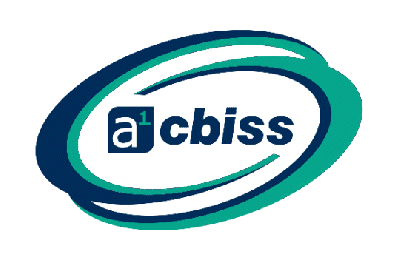Can You Ignore the Dangers of Peracetic Acid?
The American Conference of Governmental Industrial Hygienists (ACGIH) Board of Directors has approved the new 2014 occupational exposure limits, including a new Short Term Exposure Limit (STEL) for Peracetic Acid (PAA).
Pressure groups have demanded investigations to study the severe health effects of exposure to PAA in the workplace. The ACGIH have confirmed the dangers of working with PAA and set the STEL to 0.4ppm.
This means that employers should ensure that their workers are not exposed to PAA above 0.4 ppm, calculated as a rolling time weighted over 15 minutes.
So what are the dangers of Peracetic Acid?
PAA is a strong oxidant used in many industries including food & beverage, healthcare, medical device manufacture and pharmaceutical. It is in effect, an antimicrobial chemical which requires a short contact time and leaves no residual by-products.
Even though the use of PAA is widespread, there is little guidance about the severity of its health effects. And even less is known about the recommended exposure guidelines, until now. The ACGIH 2014 documentation for TLVs® and BEIs® will be available from the ACGIH website in the spring of 2014.
The new occupational exposure limits announced by the ACGIH is in support of The Environmental Protection Agency issued Acute Exposure Guidelines (AEGL) for Peracetic Acid.
Explained in three brackets;
AEGL-1 At this point over an 8 hour exposure period, the worker may begin to experience a shortness of breath, throat irritation similar to being extremely thirsty and dehydrated and irritation of the nose.
AEGL-2 – Notable effects pertaining to PAA exposure include gastric, oesophageal and permanent scarring of the cornea and skin. Symptoms to look out for include; white blotches on the skin and extreme irritation of the lungs leading to prolonged coughing.
AEGL-3 – At 15.6 mg PAA/m3 (5 ppm) for only 3 min personnel can experience extreme irritation to the respiratory tract and skin. 15.6 mg exposure over 1 hour is considered as breaching AEGL-3 levels.
What does this mean to the UK market?
To date, the UK EH40 guidelines do not feature PAA but the health risks cannot be overlooked. Ignoring exposure to PAA is putting workers in danger and may cause both immediate and long lasting severe health effects.
It is our recommendation that a continuous monitoring system is installed with relay outputs to alarms/extraction units to make the area safer. Breathing apparatus and personal protective equipment plus safe working practices and education program are the most effective ways to ensure employee protection from PAA, thus maximising productivity through peace of mind.
At current, a1-cbiss are the only UK Company able to provide the technology for continuously monitoring airborne Peracetic Acid.
Three of the UK’s major bottling plants have already taken action to protect their workers and installed the ChemDAQ Steri-Trac to monitor for PAA.
Buying the Steri-Trac from a1-cbiss, you will benefit from;
– Single area and multi-point detection
– Remote Display – to provide monitoring of dangerous levels before personnel enter the room – impending alerts
– Smart sensor exchange program
– DAQ software – set recommended high and low alarm levels
– I/O to provide alarms, extraction and data logging functionality
– Project management throughout the lifetime of the project
– Installation & commissioning of Steri-Trac system




